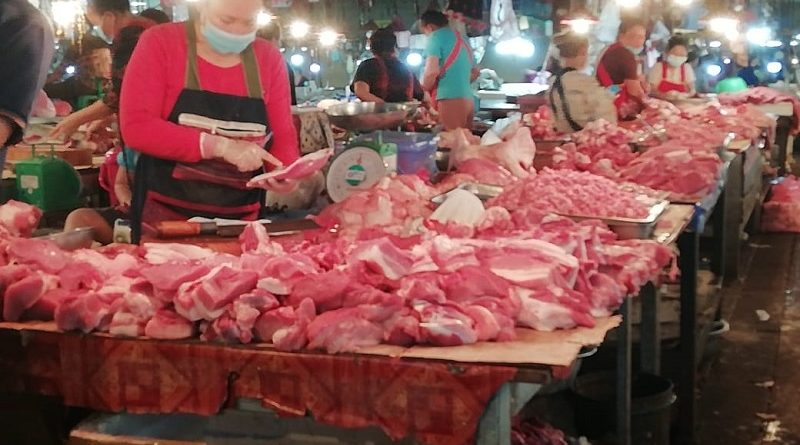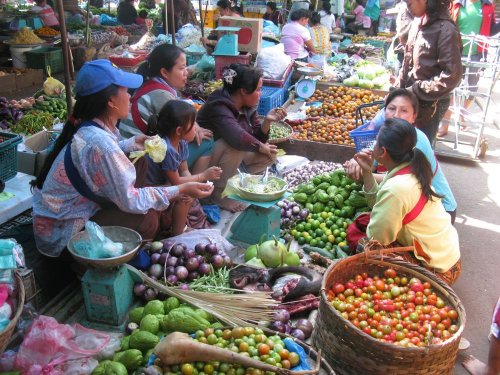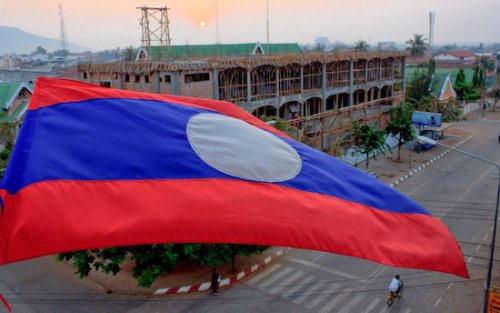Meat Prices Rise Further With No Sign Of A Fall
Source: Vientiane Times
The price of beef, pork and farmed fish on sale in markets is continuing to rise, with no sign of a pending decrease given the weak kip and high inflation rate.
In Vientiane markets, the cost of Grade A beef has shot up from 75,000 to 110,000 kip per kilogram, Grade A pork from 35,000-40,000 kip to 75,000 kip, and farmed fish from 20,000 to 40,000 kip per kilogram.
The cost of other food items and consumer goods has also increased markedly, while people’s incomes stagnate or are reduced.
The overall cost of food increased 45.30 percent in December 2022 compared to the same month in 2021, while the year-on-year inflation rate last month stood at 39.3 percent, the highest rate in 2022 according to the Lao Statistics Bureau.
Inflation has skyrocketed since the start 2022, climbing from 6.25 percent in January to 7.31 percent in February, 8.54 percent in March, 9.87 percent in April, and 13.81 percent in May.
The inflation rate then rose to 23.6 percent in June, 25.55 percent in July, 30.01 percent in August, 34.05 percent in September, 36.75 percent in October, and 38.46 percent in November.

Price hikes across all types of products have caused more hardship for the general public, especially the millions of people on low wages.
However, the average inflation rate is forecast to continuously decrease between 2022 and 2027 by a total of 12 percentage points, falling to just 3 percent in 2027.
The International Monetary Fund describes this indicator as a measure of inflation based upon the year-on-year change in the average consumer price index. The latter expresses a country’s average level of prices based on a typical basket of consumer goods and services.
Despite the government’s attempts to put the brakes on the cost of living, strengthen the kip, and rein in inflation, the price of food continues to rise.
In a bid to revitalise the economy, the government is taking steps to increase export earnings and ensure that all payments are made through the banking system, as well as calling for greater productivity by Lao businesses to reduce reliance on imported goods.
Last week the Bank of the Lao PDR ordered the closure of 113 currency exchange units in the latest measure aimed at shoring up the value of the kip.
The central bank is acting in partnership with other parties and ministries to strengthen the management of currency exchange rates and lower the current record-high two-digit inflation rate.
Banking authorities hope to close the gap between exchange rates offered at on-street units and banks, as well as increase the amount of money circulating in the banking system, with the main aim of building foreign currency reserves.




